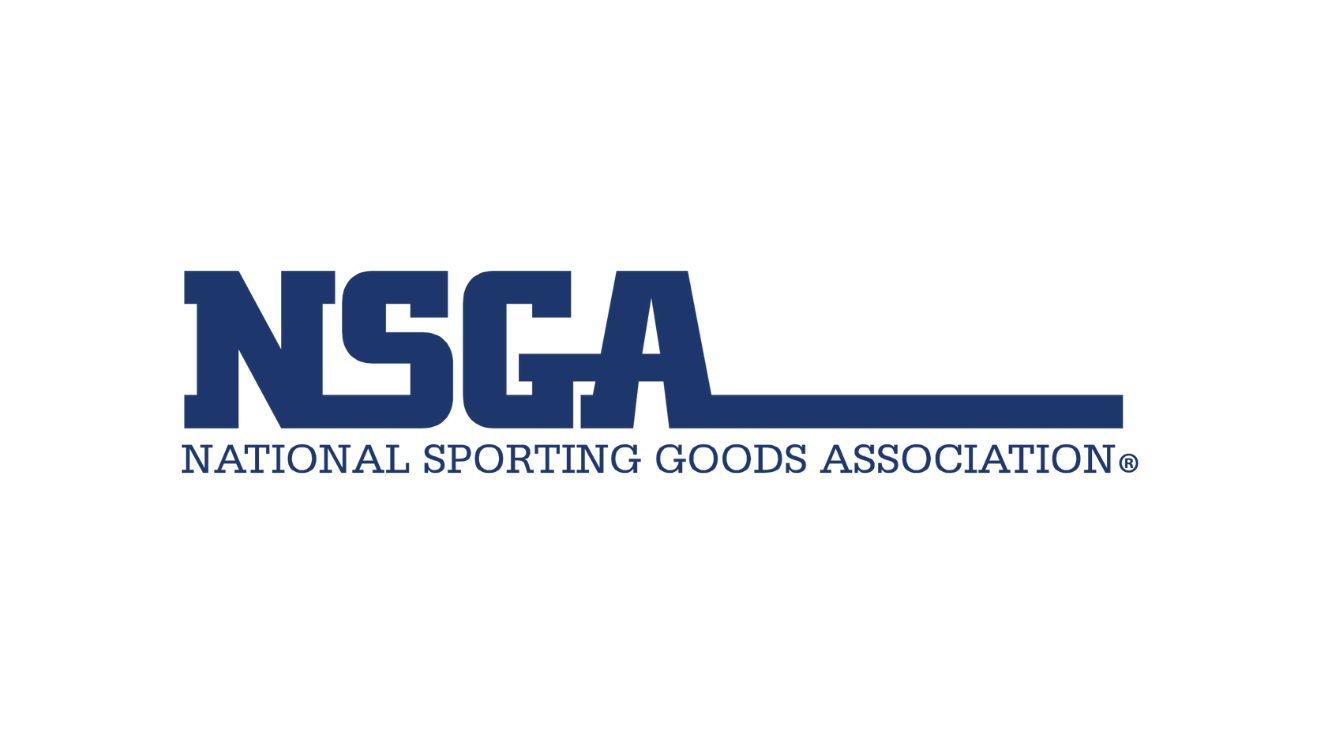WASHINGTON (February 14, 2019) – Holiday retail sales during 2018 grew a lower-than-expected 2.9 percent over the same period in 2017 to $707.5 billion, the National Retail Federation said after the Commerce Department released data that had been delayed by nearly a month because of the recent government shutdown.
The numbers, which exclude automobile dealers, gasoline stations and restaurants, fell short of NRF’s forecast last fall that holiday sales from November 1 through December 31 would grow between 4.3 and 4.8 percent to between $717.45 and $720.89 billion. The retail category that includes sporting goods stores is sporting goods, hobby, musical instrument and book stores, which, as a whole, was down 13.5 percent from 2017 at $16 billion.
The total also includes $146.8 billion in online and other non-store sales, which grew 11.5 percent over 2017. NRF had forecast that the online sector of retail would grow between 11 and 15 percent to between $151.6 and $157 billion.
“All signs during the holidays seemed to show that consumers remained confident about the economy,” said NRF President and CEO Matthew Shay. “However, it appears that worries over the trade war and turmoil in the stock markets impacted consumer behavior more than we expected. There’s also a question of whether the government shutdown and resulting delay in collecting data might have made the results less reliable. It’s very disappointing that clearly avoidable actions by the government influenced consumer confidence and unnecessarily depressed December retail sales.”
November – the first half of the holiday season – grew 5.1 percent unadjusted year-over-year. But December was up only 0.9 percent year-over-year and down 1.5 percent seasonally adjusted from November. NRF doesn’t count October as part of the holiday season, but much holiday shopping has shifted earlier, and October was up 5.7 percent year-over-year. As of December, the three-month moving average was up 0.7 percent over the same period a year ago.
“(These) numbers are truly a surprise and in contradiction to the consumer spending trends we were seeing, especially after such strong October and November spending,” NRF Chief Economist Jack Kleinhenz said. “The combination of financial market volatility, the government shutdown and trade tensions created a trifecta of anxiety and uncertainty impacting spending and might also have misaligned the seasonal adjustment factors used in reporting data. This is an incomplete story and we will be in better position to judge the reliability of the results when the government revises its 2018 data in the coming months.”
NRF’s numbers are based on data from the U.S. Census Bureau, which said that overall December sales – including auto dealers, gas stations and restaurants – were down 1.2 percent seasonally adjusted from November but up 2.3 percent unadjusted year-over-year.
The holiday numbers come as NRF is forecasting that retail sales during 2019 will increase between 3.8 and 4.4 percent to more than $3.8 trillion.
Besides sporting goods, year-over-year results from other key retail sectors during the November-December holiday season include:
- Online and other non-store sales were up 11.5 percent at $146.8 billion
- Clothing and clothing accessory stores were up 4.2 percent at $61.7 billion
- Health and personal care stores were up 2.6 percent at $60.8 billion
- General merchandise stores were up 2.3 percent at $146.8 billion
- Grocery and beverage stores were up 1.9 percent at $130.5 billion
- Building materials and garden supply stores were up 1.6 percent at $61.5 billion
- Electronics and appliance stores were up 0.2 percent at $22.3 billion
- Furniture and home furnishings stores were unchanged at $22.6 billion




 Back
to News
Back
to News